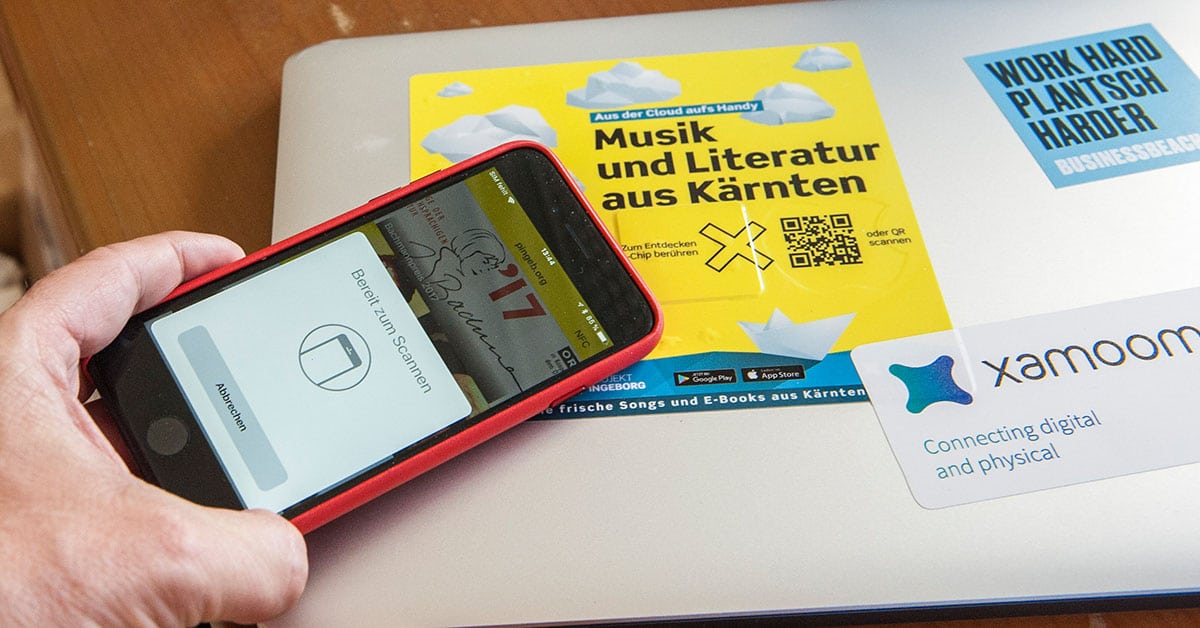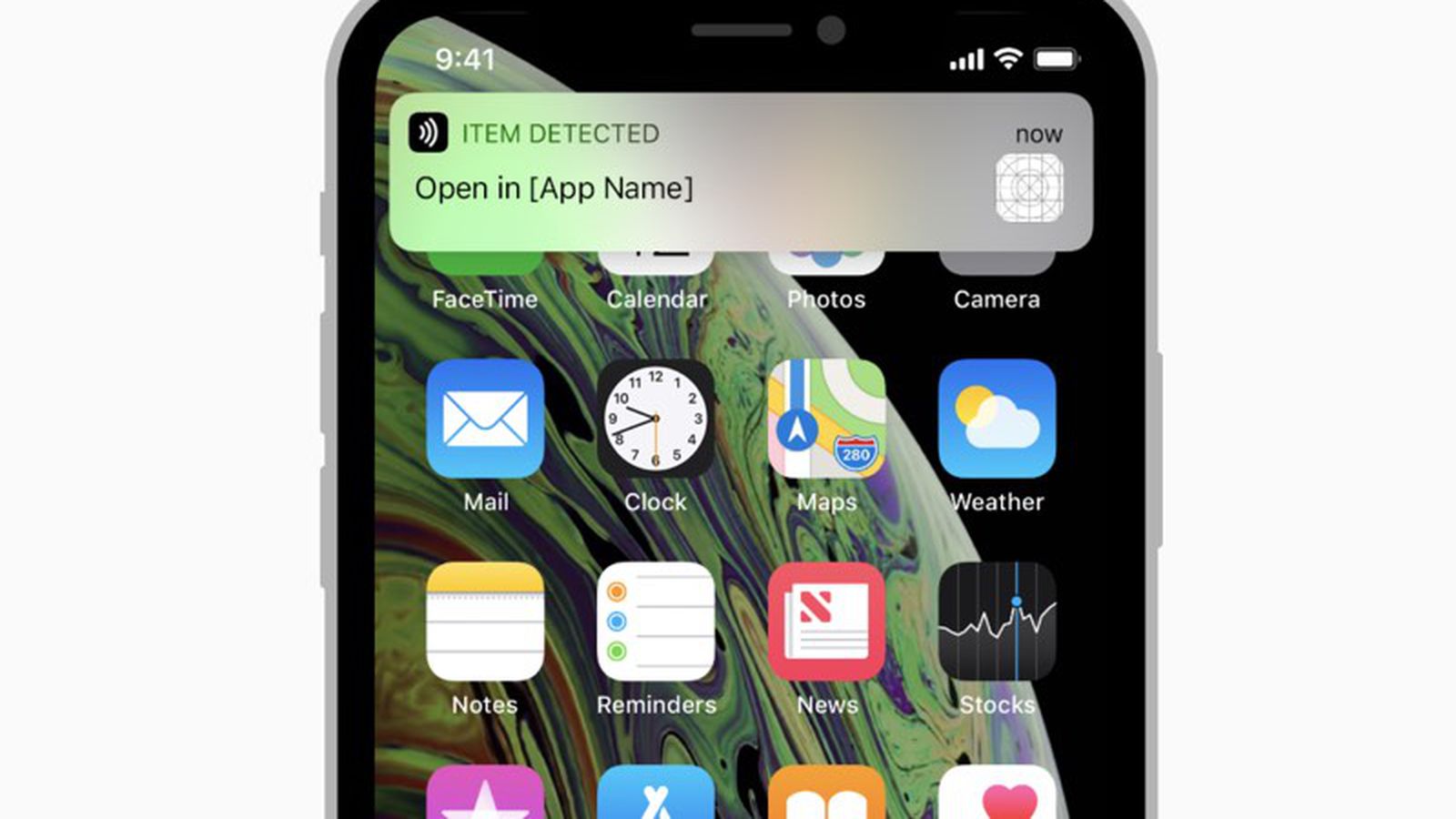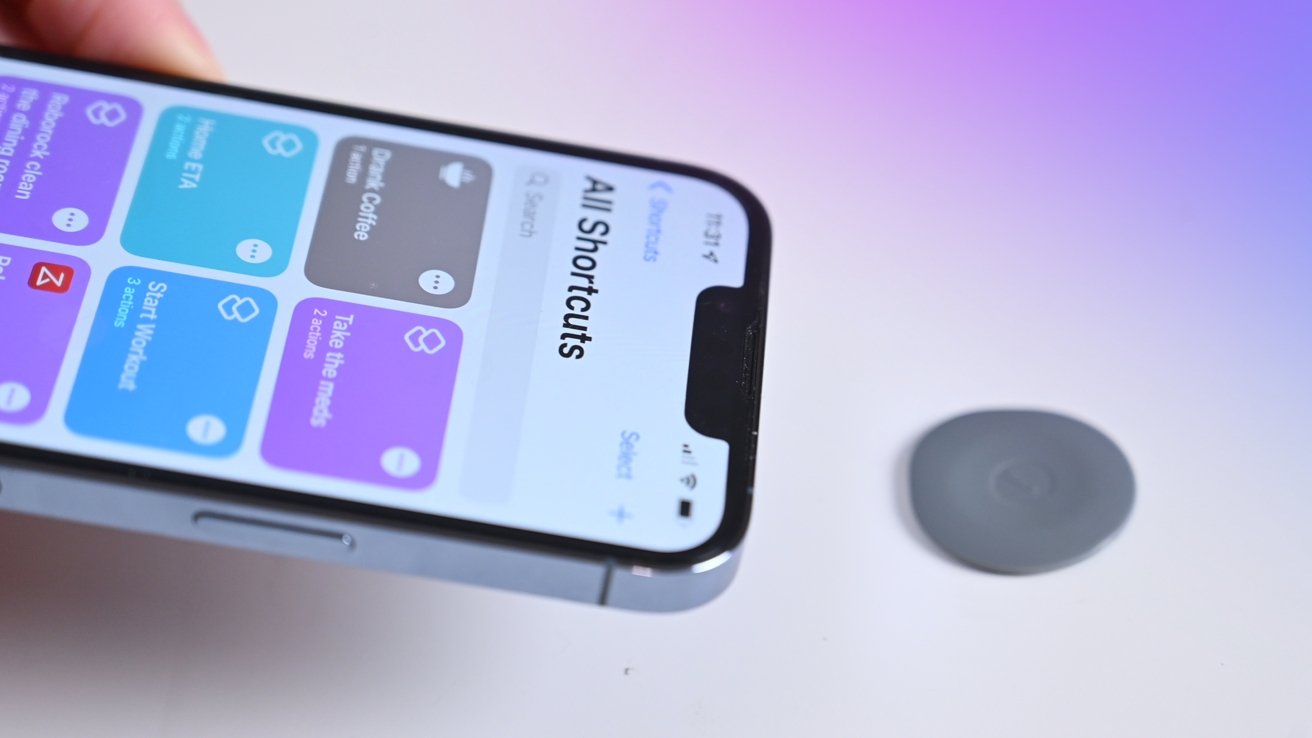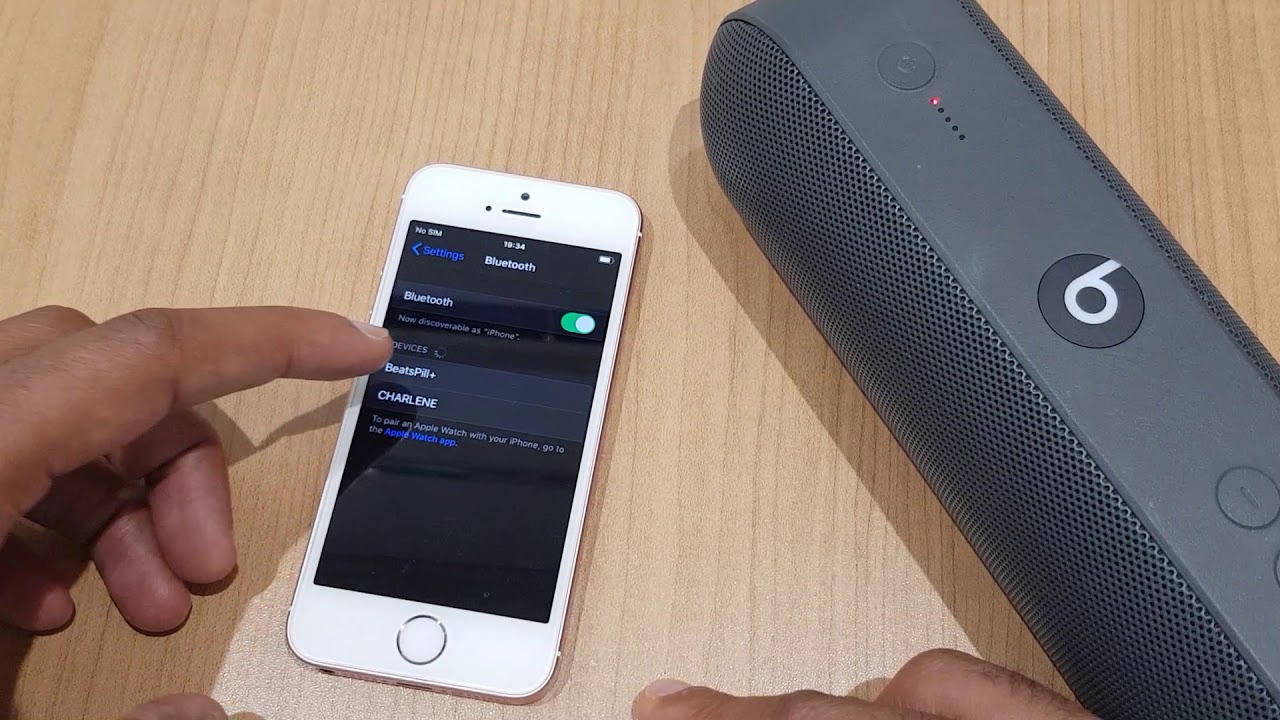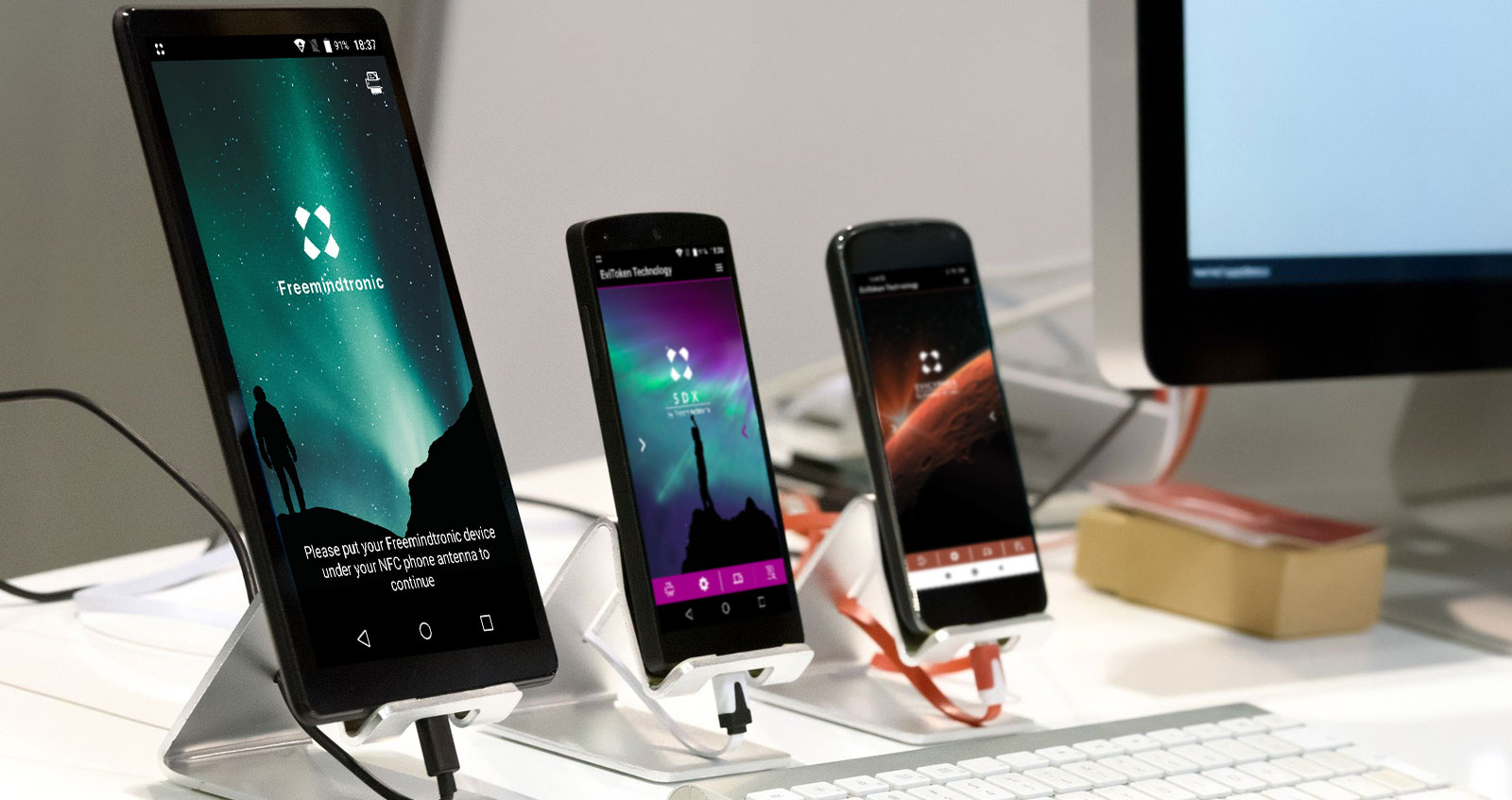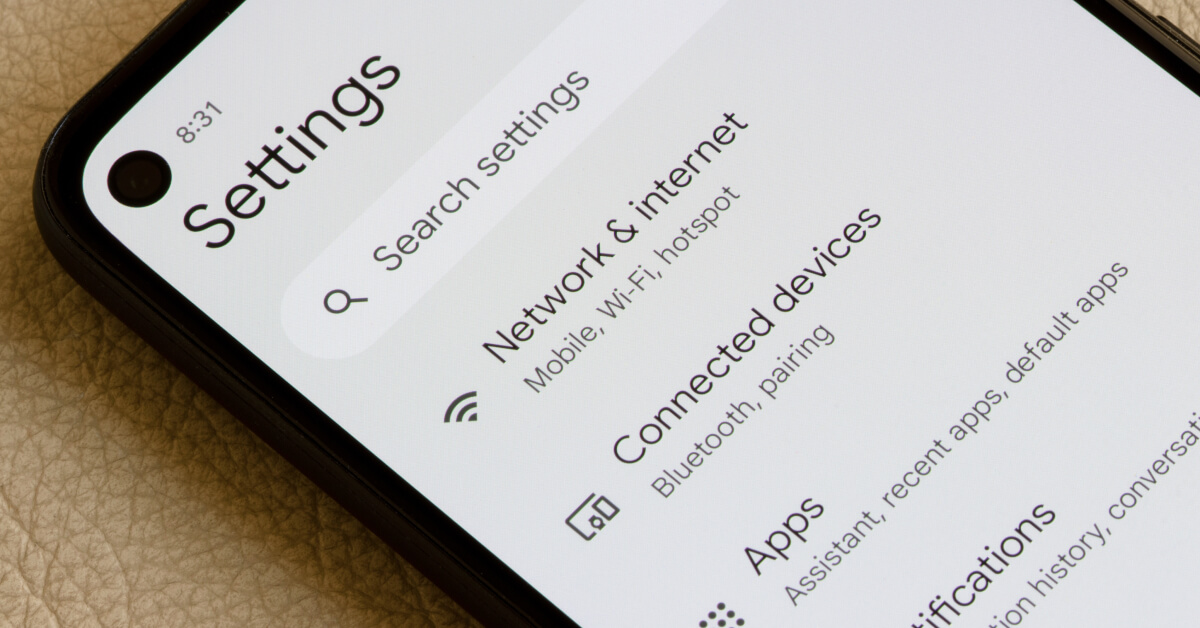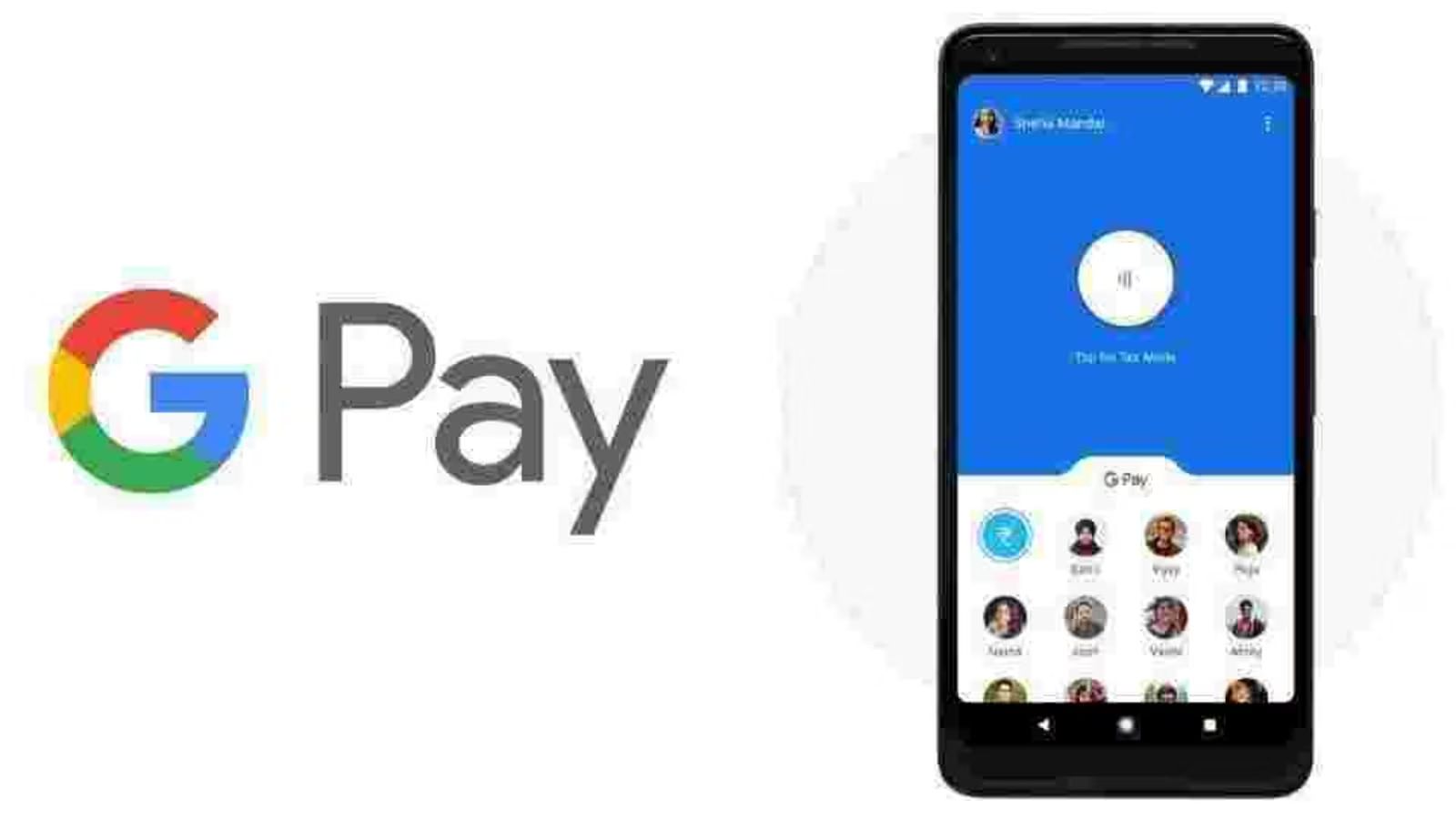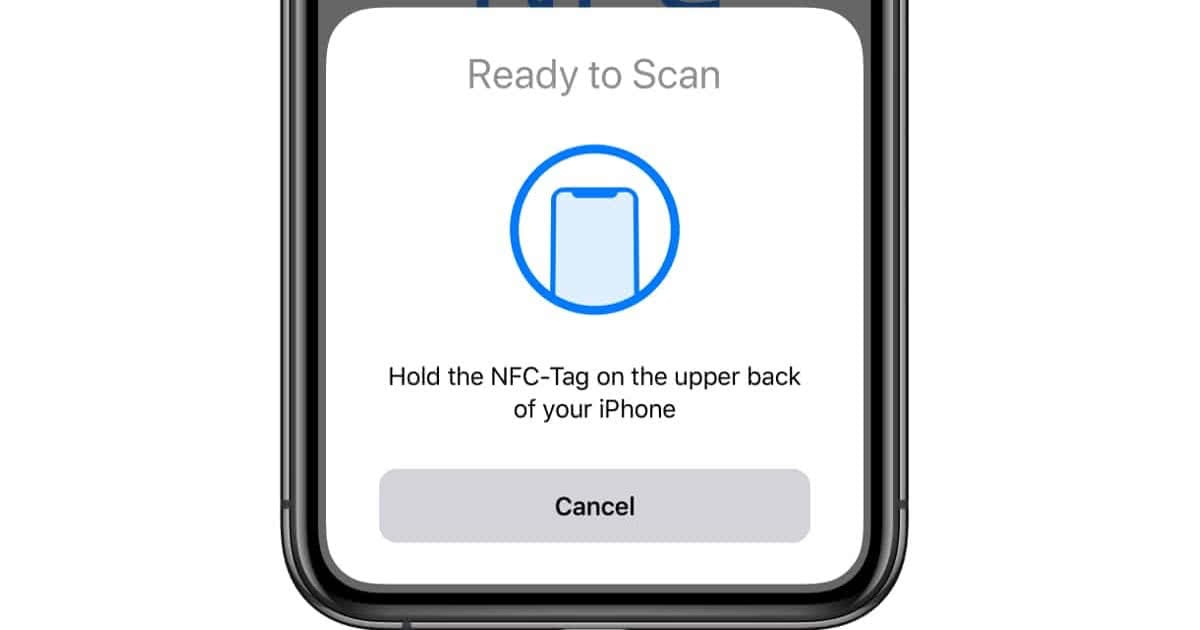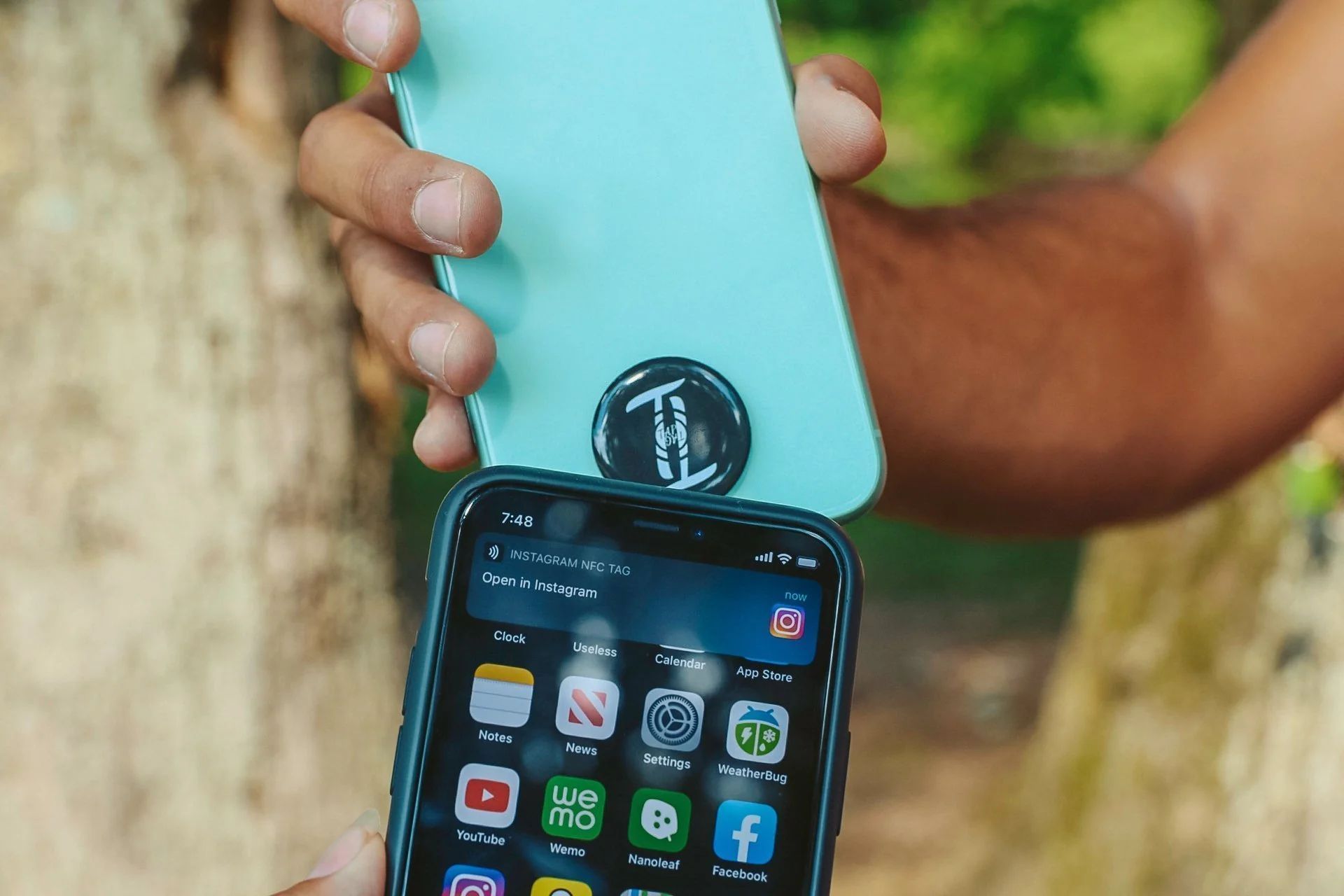Introduction
NFC (Near Field Communication) technology has become an integral part of our lives, allowing us to make contactless payments, share files, and more. When it comes to iPhones, not all models have the NFC feature. In this article, we will explore which iPhones have NFC and delve into the specific models that support this technology. Whether you’re a tech enthusiast or simply curious, read on to discover which iPhones you should look out for when it comes to NFC capabilities.
NFC technology enables quick and secure communication between devices within close proximity. It facilitates seamless connections and opens up a world of possibilities. From making payments with Apple Pay to unlocking doors and transferring data between iPhones, NFC has revolutionized the way we interact with our devices.
While NFC has become a standard feature in many Android smartphones, the integration of NFC in iPhones has been more selective. Apple carefully chooses which iPhone models will be equipped with this technology, keeping a balance between functionality and design.
In the following sections, we will dive into the specific iPhone models that support NFC and explore the features and capabilities that come with each of them. So, if you’re eager to find out if your iPhone is NFC-enabled or if you’re considering purchasing a new iPhone with NFC capabilities, keep reading to find the perfect match for your needs.
iPhone 6 and 6 Plus
The iPhone 6 and 6 Plus were released in 2014 and marked a significant shift in Apple’s design philosophy. These models introduced a larger display, improved camera features, and several noteworthy enhancements. However, when it comes to NFC, the iPhone 6 and 6 Plus were the pioneers among the iPhone lineup.
With NFC capabilities, iPhone 6 and 6 Plus users could enjoy the convenience of Apple Pay, Apple’s mobile payment service. This meant that users could make secure and quick payments with just a tap of their iPhone at participating retailers. The integration of NFC in these models opened up a new world of possibilities, making these devices even more versatile and user-friendly.
Moreover, NFC on the iPhone 6 and 6 Plus allowed users to utilize various NFC-enabled accessories and smart devices. From pairing with wireless headphones to interacting with compatible home automation systems, the NFC functionality expanded the potential of the iPhone 6 and 6 Plus beyond traditional use cases.
It’s important to note that while the iPhone 6 and 6 Plus introduced NFC to the iPhone lineup, their compatibility with certain features may be limited compared to newer models. Subsequent iPhone models further optimized the NFC technology and expanded its functionality. Nevertheless, the iPhone 6 and 6 Plus laid the foundation for NFC integration in iPhones, revolutionizing the way we interact with our devices and the world around us.
iPhone 6s and 6s Plus
Building upon the success of the iPhone 6 and 6 Plus, Apple introduced the iPhone 6s and 6s Plus in 2015. These models brought several notable improvements to the table, including a more powerful processor, enhanced camera capabilities, and an upgraded operating system. Along with these enhancements, the iPhone 6s and 6s Plus continued to support NFC technology, expanding the possibilities for contactless interactions.
With NFC on the iPhone 6s and 6s Plus, users could enjoy the convenience of Apple Pay, making mobile payments a breeze. By simply holding their iPhone near an NFC-enabled payment terminal and authenticating with Touch ID, users could securely complete transactions without having to reach for their wallet or payment card. This added level of convenience made everyday transactions faster and more seamless.
In addition to Apple Pay, NFC on the iPhone 6s and 6s Plus offered compatibility with a wide array of NFC-enabled accessories and devices. Whether it was pairing with Bluetooth speakers, exchanging contact information with other NFC-enabled smartphones, or interacting with smart home automation systems, the iPhone 6s and 6s Plus provided users with a versatile and connected experience.
It’s worth noting that the iPhone 6s and 6s Plus improved upon the NFC capabilities of their predecessors. These models featured a more advanced NFC antenna design, which enhanced the overall performance and reliability of NFC interactions. This meant that users could enjoy improved range and faster communication when using NFC-enabled features and accessories.
Overall, the iPhone 6s and 6s Plus continued the legacy of NFC integration in iPhones. With their powerful performance, advanced features, and support for NFC technology, these models further expanded the possibilities and convenience of contactless interactions, making them a popular choice among tech-savvy users.
iPhone SE
In 2016, Apple released the iPhone SE, which combined the compact size of the iPhone 5s with the powerful performance of the iPhone 6s. This budget-friendly model quickly gained popularity among those seeking a smaller iPhone option without compromising on features. NFC technology was among the features included in the iPhone SE, allowing users to enjoy the benefits of contactless interactions.
With NFC on the iPhone SE, users could take advantage of Apple Pay, making secure mobile payments with ease. Whether it was purchasing items at retail stores, ordering food delivery, or paying for transportation, Apple Pay provided a convenient and secure way to complete transactions with a simple tap of the iPhone SE.
In addition to Apple Pay, the NFC capabilities of the iPhone SE extended to other functionalities. Users could pair their iPhone SE with NFC-enabled accessories such as headphones, speakers, or smartwatches, enhancing their audio experience or expanding their device’s capabilities.
The iPhone SE, despite its compact design, offered users a similar NFC experience to its larger counterparts. The NFC antenna and hardware were optimized to deliver reliable and fast communication, ensuring seamless interactions between the iPhone SE and NFC-enabled devices or accessories.
Overall, the inclusion of NFC technology in the iPhone SE provided users with the convenience of contactless payments and expanded the range of possibilities for device connectivity. The iPhone SE demonstrated that a smaller form factor doesn’t mean compromising on features, making it a popular option for those seeking both portability and functionality.
iPhone 7 and 7 Plus
In 2016, Apple introduced the iPhone 7 and 7 Plus, pushing the boundaries of what iPhones could do. These models showcased several advancements, including a water-resistant design, improved cameras, and powerful processors. Alongside these features, NFC technology continued to play a crucial role in enhancing the user experience.
With NFC on the iPhone 7 and 7 Plus, users could effortlessly make secure and convenient payments using Apple Pay. Whether it was buying groceries, dining out, or shopping online, users could complete transactions by simply holding their iPhones near an NFC-enabled payment terminal and authenticating with Touch ID or Face ID. This streamlined and secure payment process made everyday transactions faster and more convenient.
Beyond Apple Pay, NFC on the iPhone 7 and 7 Plus provided users with a plethora of possibilities. From pairing with NFC-enabled audio devices to accessing contactless ticketing systems for events and transportation, the NFC capabilities of these models expanded the range of experiences users could have with their iPhones.
Moreover, the iPhone 7 and 7 Plus boasted advanced NFC hardware and improved antenna design, ensuring reliable and efficient communication between the devices and NFC-enabled accessories. This led to faster pairing processes and a more seamless user experience when utilizing NFC-enabled functionalities.
The iPhone 7 and 7 Plus represented a significant step forward for NFC integration in iPhones. With their robust performance, enhanced features, and continued support for NFC technology, these models offered users a seamless and convenient way to make payments and interact with NFC-enabled devices and services.
iPhone 8 and 8 Plus
Released in 2017, the iPhone 8 and 8 Plus brought significant improvements to Apple’s smartphone lineup. These models featured a glass back, wireless charging capabilities, and enhanced processing power. Alongside these advancements, NFC technology continued to play a prominent role, providing users with convenient contactless experiences.
With NFC on the iPhone 8 and 8 Plus, users could enjoy the convenience of Apple Pay, making secure and swift payments with a simple tap of their devices. This feature enabled users to complete transactions at various retail locations, in-app purchases, and even within Safari. The seamless integration of NFC and Apple Pay enhanced the speed and ease of everyday transactions.
Beyond Apple Pay, the iPhone 8 and 8 Plus expanded the possibilities of NFC functionality. These models were compatible with NFC-enabled accessories, such as headphones, speakers, and smart home devices. Pairing and interacting with these devices became effortless, enabling users to elevate their audio experience or control their connected homes with ease.
The iPhone 8 and 8 Plus boasted an advanced NFC chip and antenna design, enhancing the overall performance and range of NFC interactions. This led to faster and more reliable communication between the devices and NFC-enabled accessories, ensuring a seamless user experience.
Furthermore, the iPhone 8 and 8 Plus embraced the potential of augmented reality (AR) technology. The incorporation of NFC and ARKit allowed users to unlock new and immersive experiences through AR-compatible apps and games. This combination provided a unique and interactive way to explore the digital world through the iPhone’s camera.
Overall, the iPhone 8 and 8 Plus continued to refine and elevate the NFC experience on iPhones. With their improved features, enhanced NFC capabilities, and compatibility with cutting-edge technologies like AR, these devices offered users a seamless and versatile platform for contactless interactions and immersive experiences.
iPhone X and later models
Starting with the iPhone X, Apple introduced a new era of design and technology in its iPhone lineup. With the release of this model and subsequent models like the iPhone XR, iPhone XS, and iPhone 11 series, NFC capabilities continued to evolve and enhance the user experience.
NFC on the iPhone X and later models went beyond just payments, expanding into a wide range of applications. Apple Pay remained a key feature, allowing users to conveniently and securely make purchases with a simple tap. However, NFC on these models also brought various other possibilities to the table.
The iPhone X and later models leveraged NFC for seamless connectivity with accessories and devices. Users could pair their iPhones with NFC-enabled speakers, headphones, and even cameras to enhance their audio experience or capture photos remotely. Additionally, NFC technology allowed users to effortlessly transfer data between devices by simply holding them close together.
One of the notable innovations with NFC on these models is the integration with background tag reading. This feature enables users to interact with NFC tags without having to open a specific app. For instance, scanning an NFC tag on a product could provide instant access to detailed product information, exclusive promotions, or even interactive experiences.
Furthermore, NFC played a crucial role in facilitating the adoption of digital car keys. With certain car models, iPhone users can unlock and start their vehicles using NFC technology, eliminating the need for physical car keys.
Overall, the iPhone X and later models elevated the NFC experience even further. With improved hardware, expanded capabilities, and integration with innovative features like background tag reading and digital car keys, these devices provided users with seamless connectivity and a multitude of possibilities.
Conclusion
NFC technology has become an essential feature in many smartphones, including iPhones. Throughout the years, Apple has selectively integrated NFC capabilities into various iPhone models, enhancing the user experience and opening up new possibilities.
From the pioneering iPhone 6 and 6 Plus to the latest iPhone models like the iPhone X and beyond, NFC has played a significant role in enabling convenient contactless interactions. Users can make secure payments with Apple Pay, pair their devices with NFC-enabled accessories, and explore innovative features like background tag reading and digital car keys.
Each iPhone model that supports NFC brings its own enhancements and optimizations to the technology. This ensures improved performance, expanded functionalities, and seamless connectivity. Apple has consistently pushed the boundaries of NFC integration, keeping iPhones at the forefront of contactless technology.
Whether you’re an iPhone 6 user enjoying the convenience of Apple Pay, an iPhone 8 owner exploring augmented reality experiences, or the proud owner of the latest iPhone model, NFC has undoubtedly enhanced your iPhone experience.
As technology continues to evolve, we can expect NFC technology to expand even further, bringing new opportunities and innovations to future iPhone models. The integration of NFC in iPhones has transformed the way we make payments, interact with devices, and explore the digital world around us.
So, next time you tap your iPhone for a payment or pair it with an accessory, remember that it’s the power of NFC technology making it all possible. Apple’s commitment to integrating NFC capabilities in their iPhones has undoubtedly enriched our lives and made our devices more versatile and connected.







